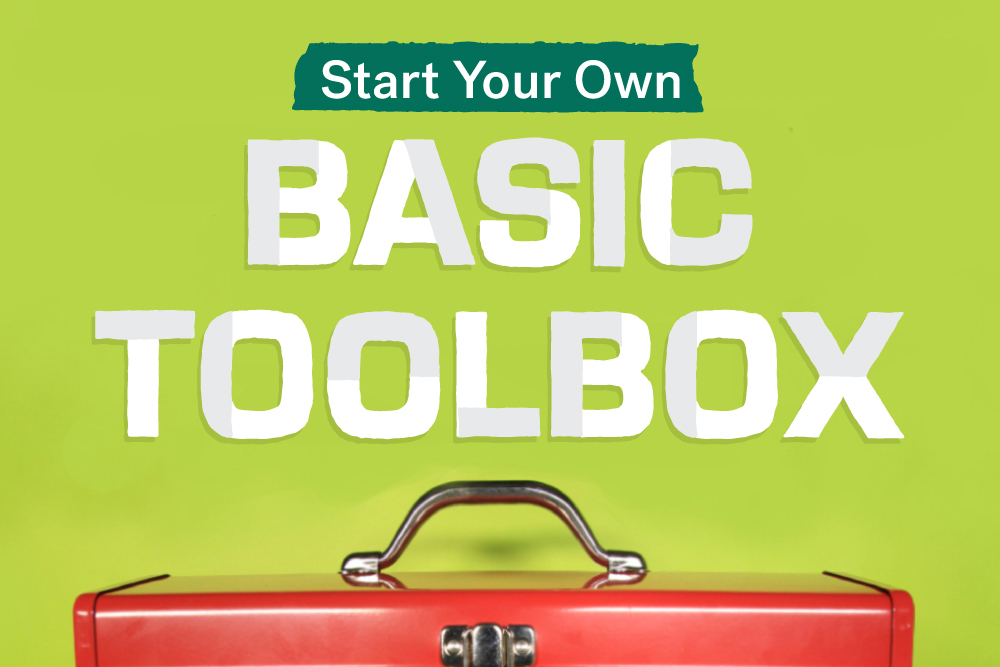One of the first purchases you should make as a newly minted renter or homeowner is a toolbox stocked with the basics. We’re not just talking hammer and picture hooks, though. To help, Trulia has created a guide to the essential tools you might not have considered for your starter toolbox. Watch the video for a quick snapshot, then add the tools below to your shopping list and head to your favorite home improvement store.
After all, whether you’ve found the perfect apartment for rent in Boston, MA, or your dream home for sale in Santa Fe, NM, chances are, you’re going to need to put in a little elbow grease at some point. (Your wallet will thank you for fixing that noisy, running toilet without calling for backup.) Read on for details, or save the list of essential tools to your Pinterest boards here.
What are the essential DIY tools a new homeowner needs?
- Screwdriver set. You’ll use this for almost everything, so look for a set that includes three or four sizes of Phillips and flat-head screwdrivers (or one high-quality screwdriver with interchangeable tips).
- Hammer. Look for a hammer that feels balanced and comfortable in your hand. Avoid heavier framing hammers and instead choose a claw hammer.
- Measuring tape. A basic locking 25-foot tape measure should be all you need for a variety of home improvement projects, from hanging shelves to measuring rooms for painting or purchasing appliances.
- Pliers. A pair of locking pliers should accomplish most simple DIY tasks, but if you have a plumbing job to tackle, consider a pair of groove-joint pliers or needle-nose pliers for cutting wire.
- Utility knife and blades. Utility knives are handy for cutting everything from wallpaper to cardboard to plastic sheeting. Keep extra blades on hand so you always have the perfect sharp edge.
- Adjustable wrench. A good adjustable wrench will allow you to tighten and loosen bolts with the best of them.
- Level. A smooth metal model can double as a straightedge; a 3-foot level should be long enough for most entry-level DIY tasks.
- Putty knife. Yes, it’s handy for patching holes in sheetrock or plaster, but you’ll probably find lots of uses for a putty knife.
- Flashlight. When the power goes out, you don’t want to be stuck without a flashlight. Plus, you’ll need it for peering into dark crawl spaces or inspecting tight spaces, such as under the sink.
- Safety glasses. Protective eyewear will keep your eyes safe whether you’re trimming crown molding or drilling into a two-by-four.
- Gloves. Gloves will protect your hands from injury while also offering a sturdy grip.
- Power drill. A 14- or 18-volt variable-speed reversing cordless drill should cover most basic DIY projects. Invest in a kit that offers a backup battery pack.
- Saw. A hacksaw will help you cut through wood trim or PVC pipe. Make sure it’s easy to swap out the blade, because blades can dull quickly.
- Assorted screws, nails, and picture hangers. You’ll need these to hang pictures, mirrors, and other decorative items on those bare walls.
- A toolbox to hold it all. A simple plastic or metal box with a handle will work well, but if you build your DIY skills quickly, you may eventually need something bigger.


